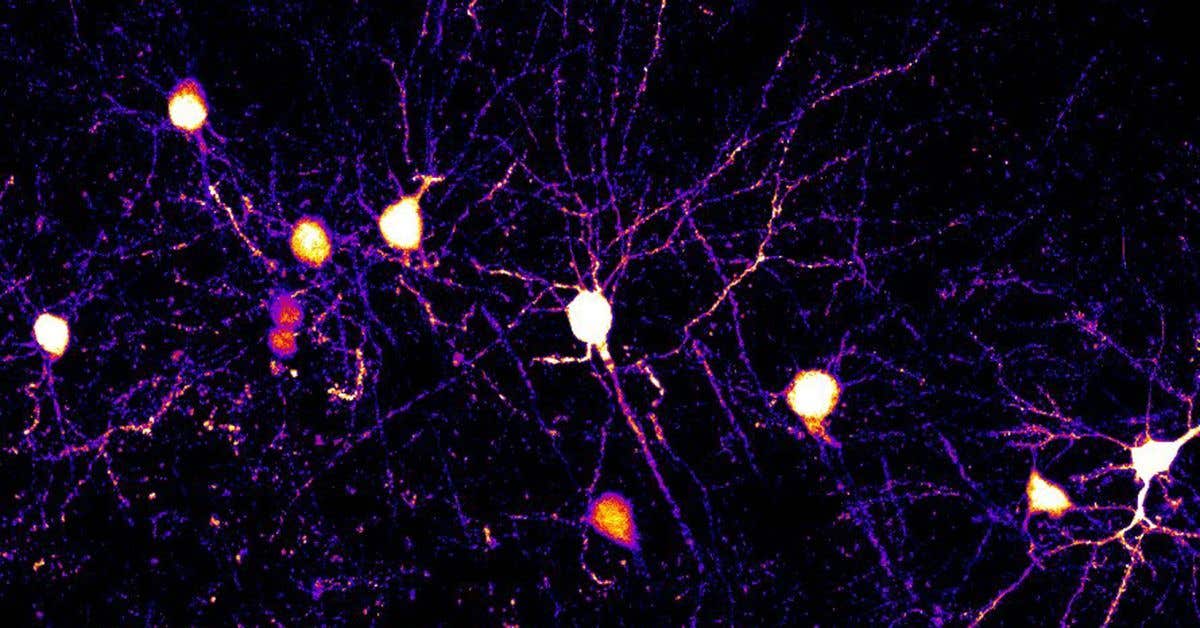Breakthrough Study Reveals Why Humans No Longer Have Tails
New research sheds light on the genetic changes that may explain why humans lack tails, unlike monkeys.

New research sheds light on the genetic changes that may explain why humans lack tails, unlike monkeys. (CREDIT: Creative Commons)
A recent study conducted by researchers at NYU Grossman School of Medicine sheds light on the genetic changes that may explain why humans lack tails, unlike monkeys.
Published as the cover story of the journal Nature, the study compared the DNA of tailless apes and humans with that of tailed monkeys. It revealed a shared DNA insertion in apes and humans, absent in monkeys, particularly in a gene called TBXT.
To investigate the effect of this insertion, the research team engineered mice and observed various tail-related outcomes, including mice born without tails.
Lead study author Bo Xia, PhD, expressed his long-standing fascination with the evolutionary removal of tails, stating, "Our study begins to explain how evolution removed our tails, a question that has intrigued me since I was young."
Dr. Xia, now a junior fellow of the Harvard Society of Fellows and a principal investigator at the Broad Institute of MIT and Harvard, conducted this research during his time as a graduate student under the supervision of study senior co-authors Jef D. Boeke, PhD, and Itai Yanai, PhD, at NYU Grossman School of Medicine.
Contrary to previous hypotheses linking tail loss to mutations in the TBXT gene, the study found that the differences stemmed from the insertion of a DNA snippet called AluY into the gene's regulatory code during the evolution of apes and humans from their common ancestors with monkeys.
This unexpected finding highlights the role of genetic processes such as alternative splicing in tail development.
Related News
The study delves into the intricate process of genetic instructions, wherein DNA is transcribed into RNA and eventually translated into proteins. It emphasizes the significance of alternative splicing, where a single gene can produce multiple proteins by selectively including or excluding exon sequences.
Furthermore, the human genome's complexity is attributed to the presence of various regulatory switches and repetitive DNA sequences, particularly retrotransposons like AluY, which can insert themselves into genes and influence gene expression.
Dr. Boeke, the Sol and Judith Bergstein Director of the Institute for Systems Genetics at NYU Langone Health, highlighted the remarkable impact of the AluY insertion on tail length regulation, despite the common occurrence of repetitive DNA sequences in human introns.
Evolution of tail loss in hominoids. Schematic of the proposed mechanism of tail-loss evolution in hominoids. (CREDIT: Nature)
The loss of tails in the primate group comprising gorillas, chimpanzees, and humans occurred approximately 25 million years ago, coinciding with the evolutionary split from Old World monkeys.
Following this divergence, apes, including humans, developed fewer tail vertebrae, leading to the formation of the coccyx or tailbone. While the precise reason for tail loss remains uncertain, researchers suggest it might have conferred advantages for ground-based living over arboreal habitats.
Sanger sequencing of the RT–PCR product confirmed that deleting exon 6 in mouse Tbxt leads to correct splicing by fusing exons 5 and 7. d, A representative TbxtΔexon6/+ founder mouse (day 1) exhibiting a no-tail phenotype. Two additional founder mice are shown in Extended Data Fig. 5. e, TbxtΔexon6/+ mice exhibit heterogeneous tail phenotypes, varying from no tail to long tails. cv, caudal vertebrae; sv, sacral vertebrae; WT, wild type; arrowheads highlight differences in tail phenotypes. (CREDIT: Nature)
Despite the potential benefits of tail loss, the study suggests it came with a cost. Genetic changes influencing one aspect of an organism may have unintended consequences elsewhere in the body.
For instance, mice with the AluY insertion in the TBXT gene exhibited a slight increase in neural tube defects, raising questions about the evolutionary trade-offs associated with tail loss.
Exon6 deletion of Tbxt may lead to neural tube defects in mouse. Green arrowheads indicate malformed spinal cord regions. (CREDIT: Nature)
Dr. Yanai, director of the Institute for Computational Medicine at NYU Langone Health, emphasized the need for future experiments to explore the hypothesis that tail loss in humans contributed to the prevalence of neural tube defects observed today.
The study provides valuable insights into the genetic mechanisms underlying tail loss in humans and sheds light on the intricate interplay between evolutionary adaptations and potential consequences for organismal development and health.
For more science and technology stories check out our New Discoveries section at The Brighter Side of News.
Note: Materials provided above by The Brighter Side of News. Content may be edited for style and length.
Like these kind of feel good stories? Get the Brighter Side of News' newsletter.
Joshua Shavit
Science & Technology Writer | AI and Robotics Reporter
Joshua Shavit is a Los Angeles-based science and technology writer with a passion for exploring the breakthroughs shaping the future. As a contributor to The Brighter Side of News, he focuses on positive and transformative advancements in AI, technology, physics, engineering, robotics and space science. Joshua is currently working towards a Bachelor of Science in Business Administration at the University of California, Berkeley. He combines his academic background with a talent for storytelling, making complex scientific discoveries engaging and accessible. His work highlights the innovators behind the ideas, bringing readers closer to the people driving progress.



